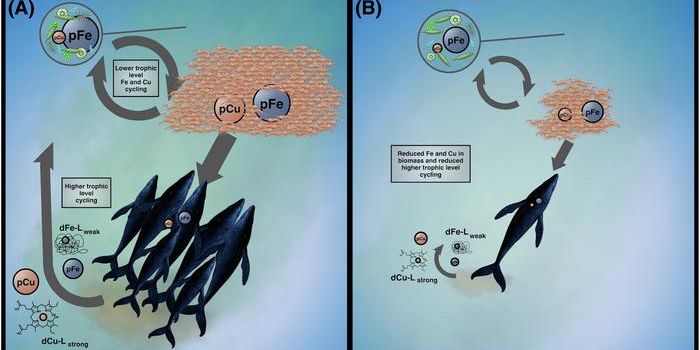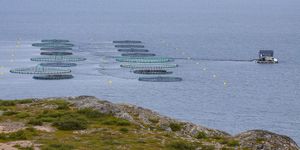Commercial Fusion Energy Could be Within Reach, Thanks to the World's Most Powerful Magnet
Commonwealth Fusion Systems (CFS) announced this month that their new magnet might be the breakthrough needed to make fusion energy commercially viable. In collaboration with MIT’s Plasma Science and Fusion Center (PSFC), researchers at CFS announced that their test of the new High-Temperature Superconductor (HTS) was a success.
Nuclear fusion is the process by which two atomic nuclei fuse to form one new nucleus with an excess of neutrons and protons. This can be done with more than two nucelli, with more than a single product. The difference between the masses of the reactants and the products is energy, which researchers are trying to extract for commercial use.
You may have heard of fusion before— it’s the process that drives the sun’s energy. The fuel that researchers use to power man-made fusion reactors is derived from deuterium and lithium, which is derived from seawater, another renewable resource. Being able to harness the energy of nuclear fusion would mean that humanity could have a clean, limitless resource of energy available to use in our everyday lives.
The current machines available for nuclear fusion reactors are called tokamaks. In these reactors, most of the energy is produced in the form of neutrons, which heat a “blanket” surrounding the fusion reactor. In a generator, that heat would be used to drive a turbine which would produce the energy, but 20% of the heat produced stays inside the fused plasma itself, which needs to be taken off somehow. Think of the sun and how much heat it gives off. Before we can harness fusion energy commercially, we have to fix this problem.
We don’t currently have materials that can withstand the heat inside a fusion device, so scientists circumvent this by using magnets that hold the plasma in place and prevent it from touching any part of the reactor. While these devices sound perfect in theory, researchers have not created any apparatus that can produce a net positive amount of energy in practice. Right now, it takes far more power to run the giant tokamaks than they actually produce. No fusion device has made positive net energy from fusion, but the tokamaks are the closest.
Normally, tokamaks use low temp superconductors to make substantial magnetic fields that create energy. (If you want to read more about how superconductors work, you can check out this previous article I wrote.) that’s where CFS’s new invention comes in— the HTS will allow tokamaks to be smaller, create more energy, and thus create a greater positive net energy.
The data from these HTS magnets are promising, and CFS has set its sights on nuclear fusion plants. They expect to see net energy gain from fusion by 2025 from a tokamak called SPARC. If SPARC succeeds, it’ll pave the way for a new power plant called ARC, which stands for affordable, robust, compact, and will serve as the world’s first commercially available fusion energy plant. Fusion energy may be closer than we think.








